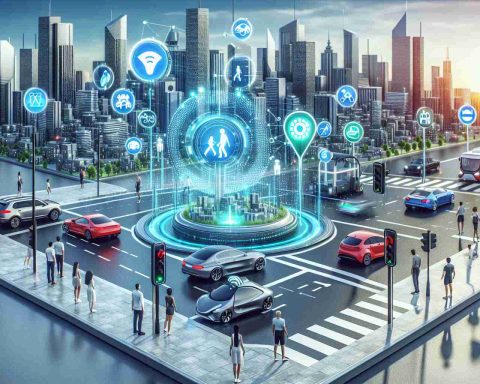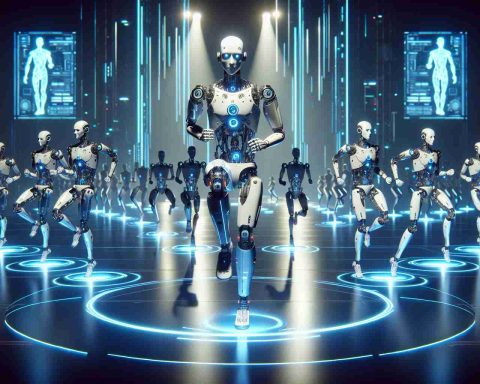In a groundbreaking move, Alphabet Inc.’s Google has entered into a partnership with Kairos Power to harness small nuclear reactors for powering its data centers, which are increasingly reliant on energy due to the demands of artificial intelligence (AI). This strategic agreement is set to implement the first reactor within the current decade, with aspirations for an expanded program by 2035.
While the specifics regarding the financial aspects and the geographical placement of the reactors remain undisclosed, this collaboration marks a significant shift towards more sustainable energy solutions in the tech industry. As electricity consumption surges, technology firms are exploring nuclear energy as a viable option due to its low carbon footprint and reliability.
Google has expressed optimism that this partnership with Kairos Power will effectively address the growing energy requirements of AI in a clean manner. Kairos Power specializes in innovative nuclear solutions, employing molten salt as a coolant for its small reactors. This novel approach seeks to underline the practicality of advanced nuclear energy as a crucial resource for the future.
However, the initiative will need to navigate regulatory approvals from United States authorities before advancing into the operational phase. As large tech companies pivot towards greener energy alternatives, this partnership exemplifies a trend that could reshape energy consumption in the data-driven era.
Google’s Venture into Small Nuclear Reactors: The Kairos Power Partnership
In an innovative step forward, Google has formed a partnership with Kairos Power to leverage small modular reactors (SMRs) to meet the burgeoning energy needs of its data centers. This collaboration is particularly significant as it seeks to blend advanced technology with sustainable energy solutions. The first of these reactors is anticipated to be operational within the next decade, paving the way for further development by 2035.
Key Questions and Answers
1. What makes small modular reactors a viable option for Google?
Small modular reactors offer a high degree of flexibility and can be deployed in various sizes to meet specific power demands. Their smaller footprint allows for easier integration into existing energy systems, making them suitable for large facilities like data centers.
2. What is the expected environmental impact of utilizing nuclear energy?
The environmental benefits of nuclear energy include a significant reduction in greenhouse gas emissions compared to fossil fuels. Additionally, SMRs have a smaller ecological footprint, which can minimize land use and habitat disruption.
3. What regulatory hurdles might the partnership face?
The initiative must navigate complex regulations from the Nuclear Regulatory Commission (NRC) and other governmental bodies. This includes safety evaluations, environmental assessments, and public consultations, which could delay deployment.
Key Challenges and Controversies
One of the primary challenges of the partnership is public perception of nuclear energy. Concerns over safety and risks of radiation continue to linger in the collective consciousness, especially after high-profile incidents in nuclear history. Furthermore, the management of nuclear waste remains a contentious issue, as long-term disposal solutions are still being developed.
Additionally, funding and investment will play crucial roles in the project’s success. As costs for nuclear development can be high, ensuring that financial backing is secured at each phase of the project is vital.
Advantages and Disadvantages
Advantages:
– Low Carbon Emissions: Small modular reactors produce minimal greenhouse gases, contributing to combatting climate change.
– Reliable Power Supply: Nuclear energy provides a consistent and stable power output, crucial for the massive energy needs of data centers, particularly given the variability of renewable sources.
– Efficiency: SMRs present a more efficient option than traditional large reactors due to advanced designs that aim for improved fuel utilization.
Disadvantages:
– Public Resistance: Fear and misinformation about nuclear safety can hinder project progression and acceptance.
– High Initial Costs: Upfront investment for nuclear technology can be significant, potentially straining financial resources initially.
– Complex Regulation: The stringent and lengthy regulatory processes required before any nuclear project can launch may pose delays and increase costs.
In conclusion, Google’s partnership with Kairos Power stands at the forefront of a transformative approach to energy sourcing for data centers, intertwining technological advancement with sustainable practices. As energy demands skyrocket, this alliance could mark a pivotal movement toward a cleaner, more sustainable future.
For further information on AI and energy solutions, visit Google.









